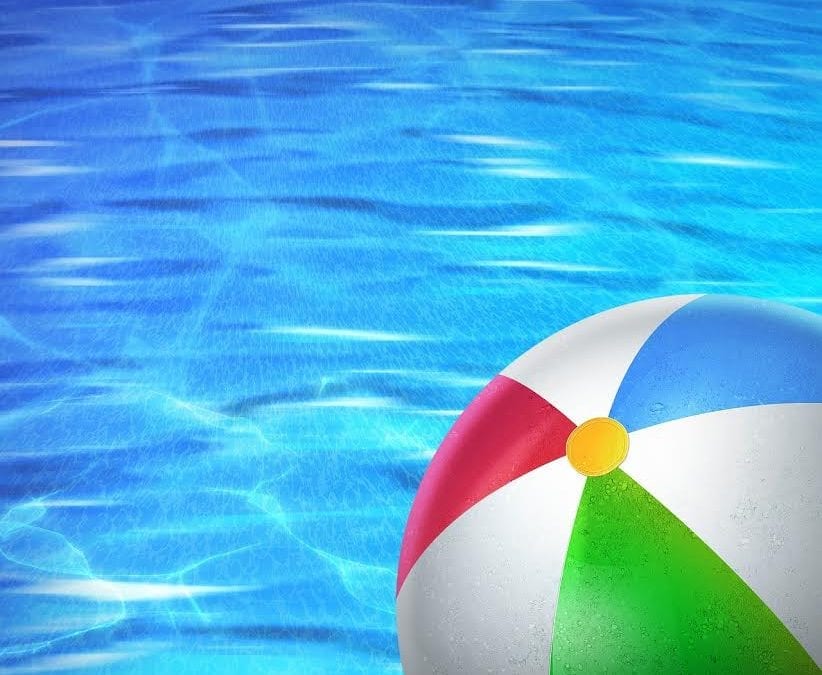When the summer heat starts, many families head to a pool, waterpark, or natural body of water to cool off. However, not everyone practices proper water safety. In Ohio between the months of May and August, the likelihood of a child between 1 to 19 drowning increases by an average of 119 percent over the annual monthly rate, accounting for nearly three out of every four child drownings. Ohio children aged 1 to 9 are at greater risk for drowning in a swimming pool, while those 10 to 19 are more likely to drown in a river or lake.
The higher rate of pool drownings in Ohio for younger children is partly because those children are still developing swimming and water safety skills. This age group should be monitored at all times when in and around water even if they are able to swim. These additional safety measures can keep your child safe while having fun at the pool or lake this summer:
• Wait to teach your children how to swim until after age 4, when they have the motor skills and memory to succeed. A recent study by the Center for Disease Control revealed that across the United States, drowning is the leading cause of death among children between the ages of 1 and 4.
• Insist on the buddy rule, regardless of age. Teenagers don’t always use their best judgment, so insisting on a responsible friend joining a swim may be the ultimate protective measure.
• Teach by example. Children of non-swimmers tend to be non-swimmers themselves. If you don’t know how to swim, it may benefit you to take swim lessons with your child, such as those offered at the YMCA of Central Ohio.
• Childproof the pool by putting up an isolation fence with self-closing and -latching gates around its perimeter. Consider installing anti-entrapment drain covers and safety vacuum release systems. If you don’t have a pool but a neighbor does, make sure your own home’s fence is properly enclosed and locked to prevent wandering.
• Make your children wear life jackets at all times in and around water. Ohio law actually mandates that children under the age of 10 must wear a life jacket on boats under 18 feet in length, though it is not a bad idea for someone of any age. Even with these measures, you should always have an appointed adult swimmer on watch to mitigate any potential accidents.
• Learn CPR (cardiopulmonary resuscitation) and get recertified every two years. While many public pools and waterparks have on-duty lifeguards, these areas become very crowded. The lifeguard can’t see everything at once, so it may be up to you or another appointed adult to have eyes on your children at all times. Immediate CPR can mean the difference between permanent injury or death and a normal, healthy life for a drowned child.
Even the best swimmers can lose control, slip, fall, and drown within a matter of moments. If you or a loved one has been affected by the death or injury of a child due to a drowning or near-drowning incident, it may benefit you to contact legal representation. Look no further than Ohio Injury Law.


